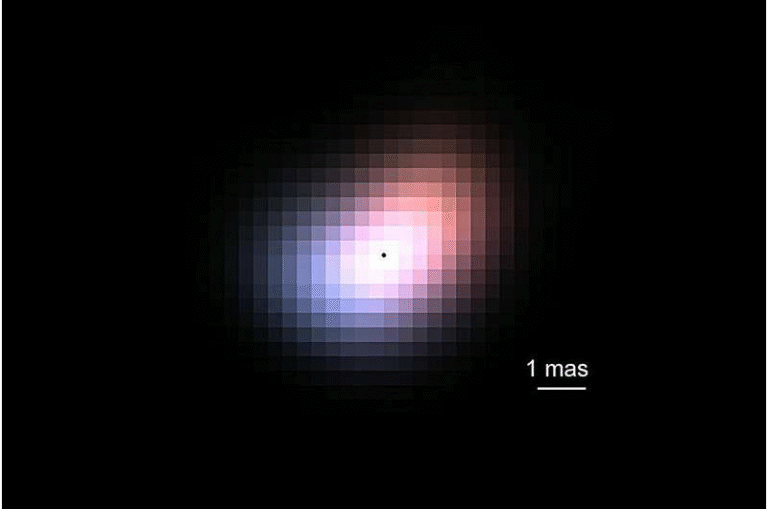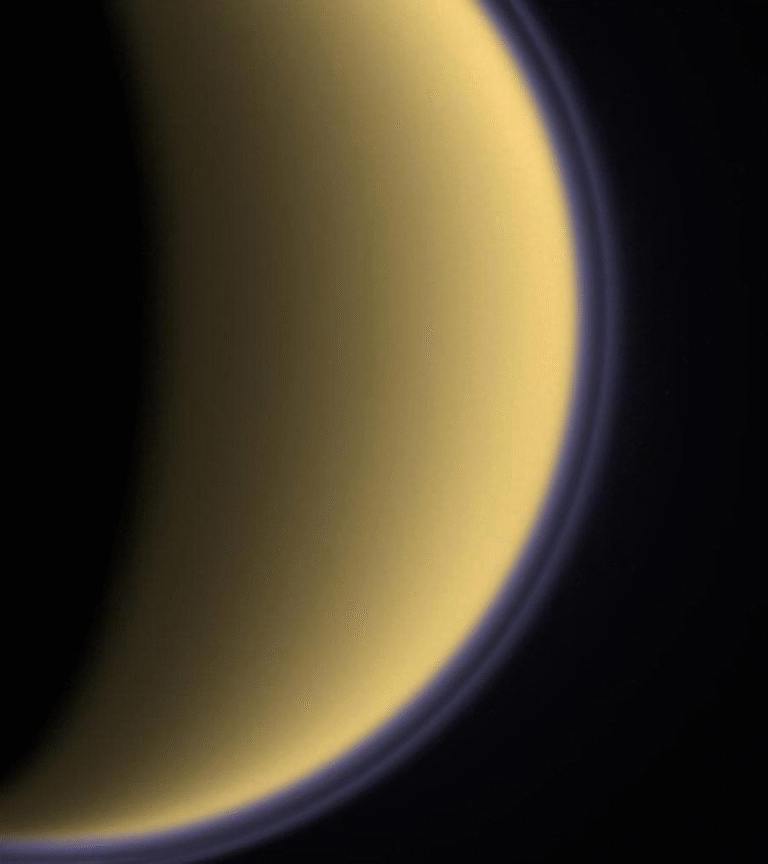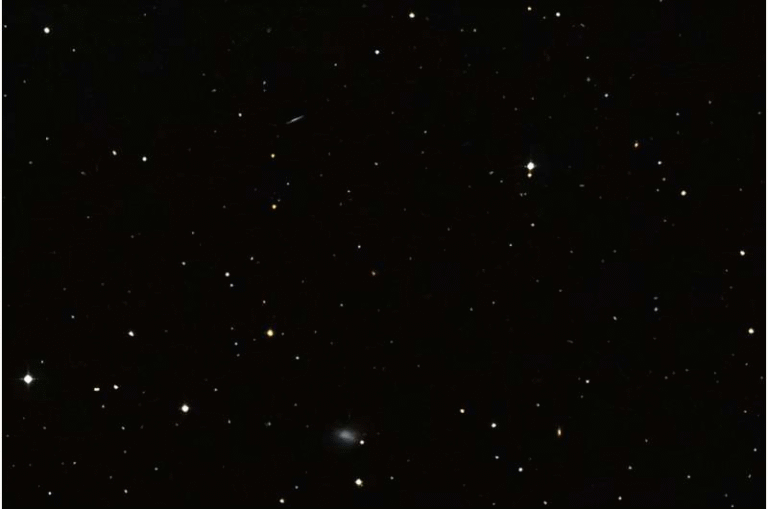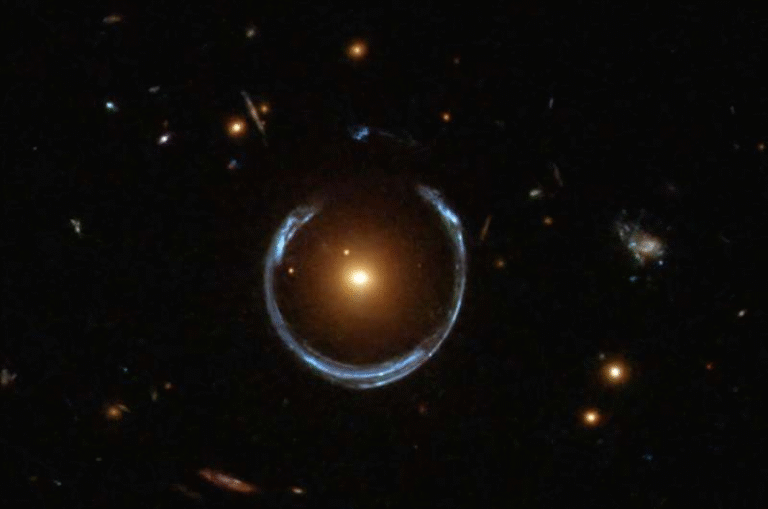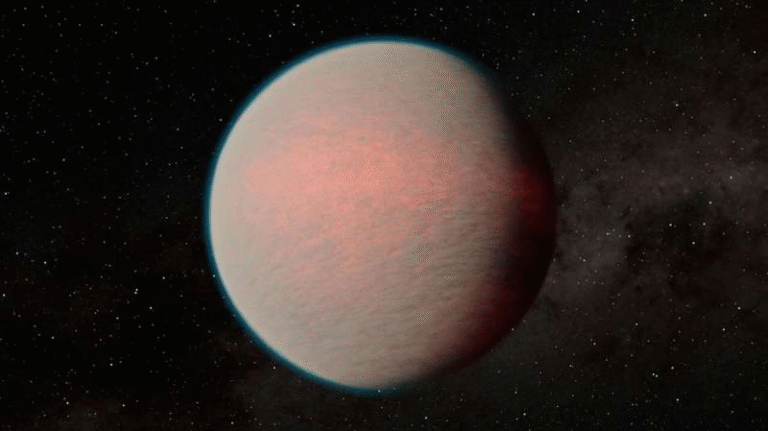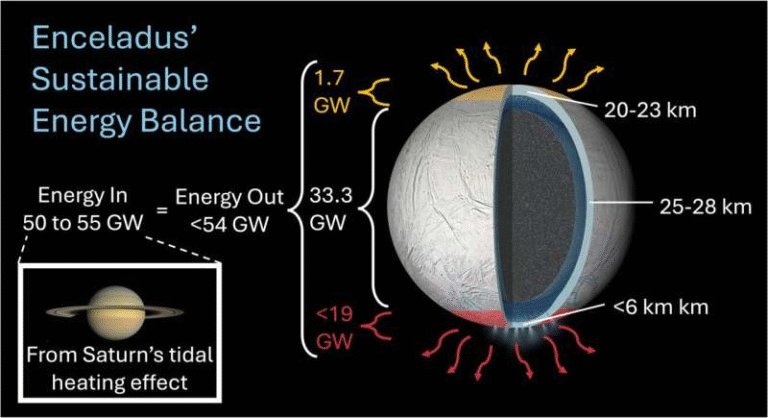Astronomers Discover a Rare Einstein Cross with a Fifth Image Revealing Dark Matter
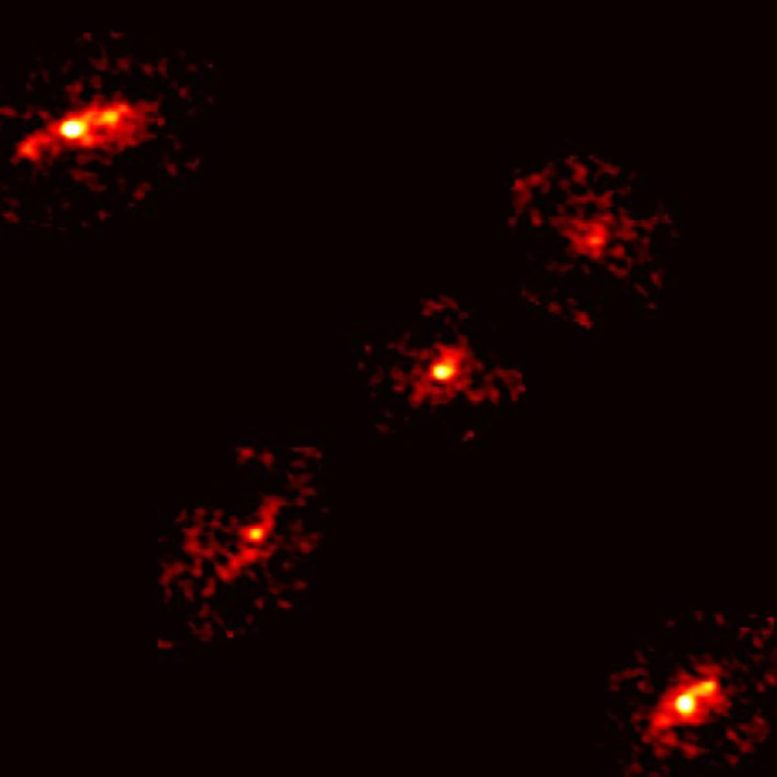
Astronomers have made a surprising discovery that pushes the boundaries of what we know about the universe. A rare cosmic configuration called an Einstein Cross has been observed, but this one comes with an unusual twist — a fifth image at its center. Normally, Einstein Crosses display only four images of a distant galaxy caused by gravitational lensing. The fifth image wasn’t supposed to be there, yet its presence has unlocked new clues about the invisible dark matter that makes up most of the universe.
This remarkable finding centers around a distant galaxy named HerS-3. By analyzing its light with advanced radio and submillimeter telescopes, researchers uncovered evidence of a massive dark matter halo hidden in a foreground group of galaxies.
Let’s break down what this means, why it matters, and what else we can learn from this discovery.
What is an Einstein Cross?
An Einstein Cross occurs when the light from a very distant object, such as a galaxy or a quasar, is bent and magnified by the gravity of a massive object between it and Earth. This bending effect is called gravitational lensing, and it was predicted by Albert Einstein’s general theory of relativity.
In a typical Einstein Cross, the bending of light results in four images of the background object arranged around the foreground lens. The effect is rare and requires a precise alignment of the background galaxy, the lensing mass, and Earth’s viewpoint.
Finding a fifth image is extremely unusual. Normally, any central image is so faint that it is almost invisible, because mass at the center of the lensing galaxy tends to suppress it. The discovery of a clearly visible fifth image in this system is what makes this case exceptional.
The Background Galaxy: HerS-3
The background galaxy that created this Einstein Cross is called HerS-3. It sits at a redshift of z = 3.0607, which means its light began traveling toward us more than 11.6 billion years ago. In other words, we are seeing HerS-3 as it appeared when the universe was still young.
HerS-3 is classified as a dusty, star-forming galaxy. These galaxies shine brightly in submillimeter wavelengths due to the presence of gas and dust. They are often referred to as cosmic star factories, forming new stars at rates much higher than typical galaxies in our local universe.
The magnification caused by gravitational lensing allows astronomers to study HerS-3 in incredible detail, effectively turning the lens system into a natural cosmic telescope. In fact, thanks to this magnification, researchers were able to zoom into regions of the galaxy up to ten times smaller than the Milky Way, despite its extreme distance.
The Foreground Lensing Group
The galaxy light is being bent by a group of galaxies lying in front of HerS-3. These galaxies sit at a redshift of about z ~ 1.0, which places them approximately 7.8 billion light years away.
Hubble Space Telescope images reveal four large galaxies in this group that contribute to the lensing effect. However, when astronomers tried to model the lens using only these visible galaxies, the results didn’t match the observed five-image pattern. Something was missing.
The Fifth Image and What It Means
The most surprising part of this discovery is the fifth image of HerS-3, which appeared in the center of the Einstein Cross. Initially, scientists thought it might be a data error, or perhaps an instrument glitch. But after repeated checks with different observatories — including the Northern Extended Millimeter Array (NOEMA) in the French Alps and the Atacama Large Millimeter/submillimeter Array (ALMA) in Chile — the image persisted.
This fifth image could only be explained by including a large amount of unseen mass in the models. That unseen mass turned out to be a dark matter halo, extending beyond the visible galaxies and centered slightly offset from the brightest galaxy in the group.
Without the dark matter halo, the gravitational lensing simulations failed. With it, the models lined up perfectly with the observed five-image structure.
The Dark Matter Halo
The halo of dark matter inferred from this system is estimated to contain several trillion times the mass of the Sun. Unlike stars and gas, dark matter doesn’t emit or absorb light, which is why it can’t be seen directly. Astronomers can only detect it through its gravitational influence.
The position of the halo was determined to be southeast of the brightest galaxy in the lensing group. Importantly, no luminous galaxy or other visible structure exists at that location, strongly indicating that this mass is made up entirely of dark matter.
This provides some of the clearest evidence yet of how dark matter shapes the structure of galaxies and galaxy groups.
Why This Discovery Matters
This discovery is significant for several reasons:
- A rare cosmic phenomenon: Einstein Crosses are already rare, and finding one with a central fifth image is even rarer.
- A new way to study dark matter: The fifth image acts as a sensitive probe of the mass distribution in the foreground lens, allowing scientists to study dark matter halos in more detail than before.
- Magnified view of a young galaxy: The gravitational lens provides a natural laboratory to study the internal structure of HerS-3, a star-forming galaxy from the early universe.
- First at submillimeter/radio wavelengths: This is the first Einstein Cross of its kind detected at submillimeter wavelengths, opening new possibilities for studying these systems using radio and millimeter observatories.
How the Discovery Was Made
The story began with Pierre Cox, a French astronomer, who first noticed the strange cross with a central image while analyzing NOEMA data. The discovery raised immediate questions: could this be an error, or was it real?
Follow-up observations with ALMA confirmed the fifth image. Modeling efforts, led by Charles Keeton and graduate student Lana Eid at Rutgers University, showed that the standard models failed without a hidden mass. The addition of a dark matter halo solved the puzzle.
The work also involved contributions from astronomers across multiple institutions worldwide, including Andrew Baker from Rutgers University. Their collaboration demonstrates the importance of international science partnerships and the role of federally supported observatories such as ALMA, NOEMA, the Very Large Array (VLA), and the Hubble Space Telescope.
Predictions and Future Work
The team has also made testable predictions about what else could be revealed by the system. For example, they suggest that outflowing gas from the galaxy might become visible in future observations. If those predictions hold, they would provide even more support for the model. If not, astronomers will need to revise their understanding, showing the self-correcting nature of science.
Future observations could also test whether the dark matter halo behaves as predicted by current cosmological models, or whether adjustments are needed.
Understanding Dark Matter
Dark matter remains one of the biggest mysteries in modern physics. It makes up about 85% of the matter in the universe, yet it does not interact with light or electromagnetic radiation. Scientists only know it exists because of its gravitational effects on galaxies and cosmic structures.
Discoveries like this one are valuable because they provide a rare chance to study dark matter in action. By seeing how it bends light, astronomers can map its distribution and test competing theories about what dark matter might be.
The Role of Gravitational Lensing
Gravitational lensing is one of the most powerful tools astronomers have to study the distant universe. By magnifying galaxies billions of light-years away, lensing allows researchers to probe galaxies that would otherwise be too faint or small to observe.
Strong lensing configurations like Einstein Crosses are particularly useful because they produce multiple images of the same background object. By carefully modeling these images, astronomers can learn not only about the distant galaxy but also about the distribution of matter — both visible and dark — in the lensing object.
A Natural Cosmic Laboratory
This Einstein Cross is more than just a cosmic curiosity. It serves as a natural laboratory, offering two key opportunities:
- To study the internal structure of a young star-forming galaxy in the distant universe.
- To investigate the hidden dark matter halo of a foreground galaxy group.
It’s rare to have such a system that provides detailed information about both the background and the lensing structures at the same time.
Conclusion
The discovery of a fifth image in an Einstein Cross has provided clear evidence of a massive dark matter halo in a distant galaxy group. It demonstrates how gravitational lensing can reveal the invisible structures that shape the universe and offers a unique window into both dark matter and the distant galaxy HerS-3.
This finding is not just another astronomical curiosity. It highlights the importance of international collaboration, advanced observatories like ALMA and NOEMA, and the power of combining observational data with detailed modeling. Most importantly, it reminds us that the universe still holds surprises that challenge our understanding.
Research Reference: HerS-3: An Exceptional Einstein Cross Reveals a Massive Dark Matter Halo (The Astrophysical Journal, 2025)
